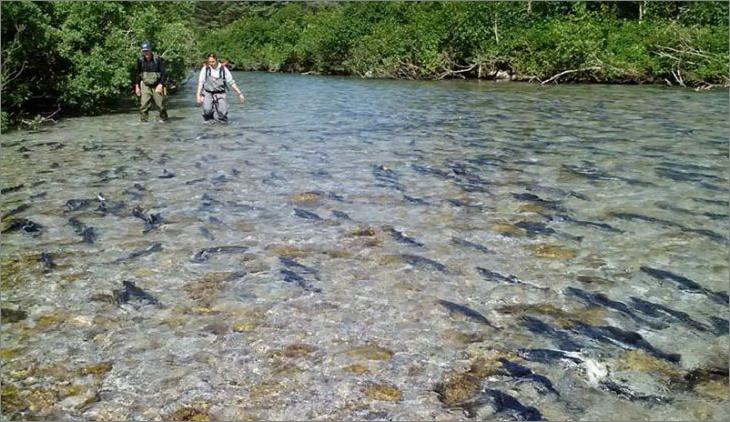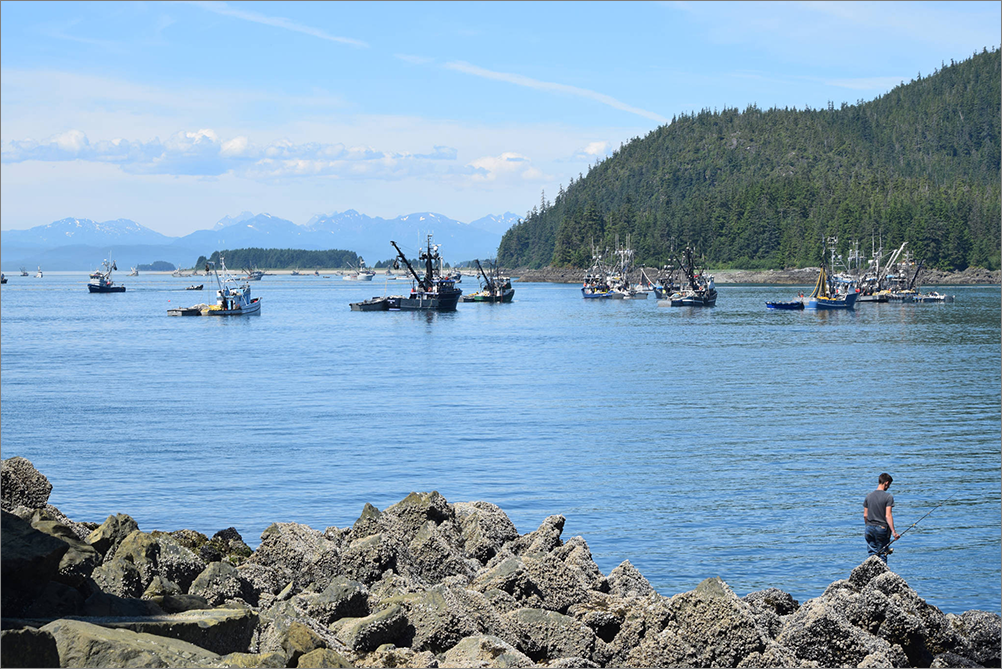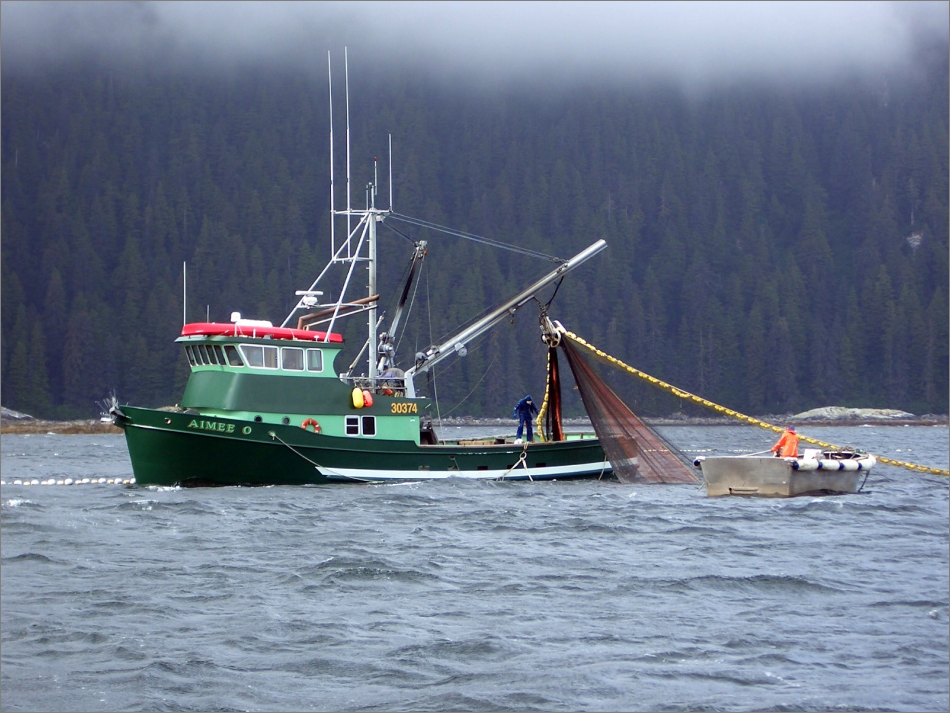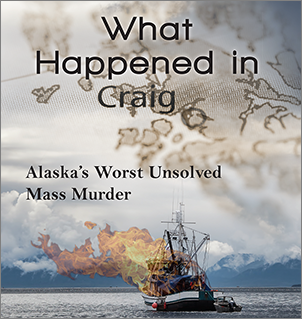The biggest truism in fishing is that one must go where the fish are. They won’t come to you. In the commercial salmon fishery, that rule gets bent slightly because anadromous fish have a fairly predictable lifecycle. They are hatched in freshwater streams, where they stay until their inherent biology drives them out to sea.

Salmon sampling, Prince William Sound
Although less is known about what the seaborne salmon does — and where it goes during this middle-phase of its lifecycle — after two or three years (sometimes longer) these fish return to the stream of their birth, where they spawn and start the lifecycle anew.
The commercial fishing fleet knows where these streams are — as do the state’s fishery biologists, who keep a close eye on the returning numbers. It is only when these professionals give the go ahead that what’s called an “opening” is signaled (vessels can legally catch fish during this “open” period). When the starting flag drops, the commercial boats perch themselves near these very streams, their nets at the ready.
In my mind, I imagined the opening would be (barely) controlled chaos, with unruly squads of purse seiners vying for their turn to make a set and bring in their share of the catch. Something like this:

Purse Seiners line up for opening near Juneau (courtesy Juneau Empire)
That’s not where our skipper took the Three Sisters. Instead, he took her to a fjord that looked virtually uninhabited by humans. A place surrounded on all sides by lush, green forests. A place where the salmon lifecycle has unfolded for eons. A place that seemingly only Alaska Natives and our Norwegian skipper knew about.

Purse Seiner Aimee-O, fishing in Southeast Alaska
In three days of fishing that fjord, we saw only two humans other than ourselves: a young couple who’d ventured out on a lonely peninsula to take in the scenery. From our vantage point, we couldn’t quite figure how they got there; no vehicle was in view nor could we spot an obvious road. Not that we paid them much mind. We had work to do and, as a crew, we were reaching a comfortable rhythm.
Most importantly, we’d steadily increased the number of sets we made each day. Three days in, we were up to ten sets a day. The goal was twelve (or more). Working as one, we were all determined to reach that goal. We just hoped the fish would keep cooperating.
Copyright Leland E. Hale (2018). All rights reserved.

Order “What Happened In Craig,” HERE and HERE, true crime from Epicenter Press about Alaska’s Worst Unsolved Mass Murder.